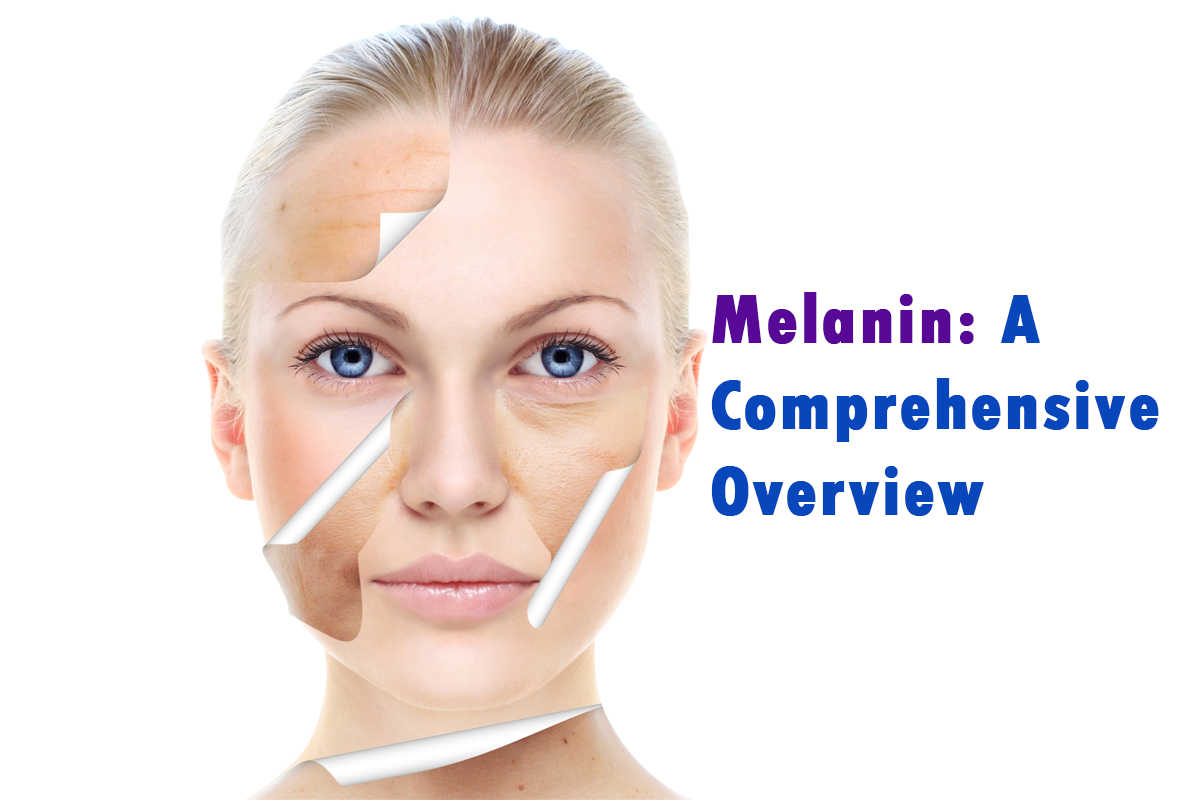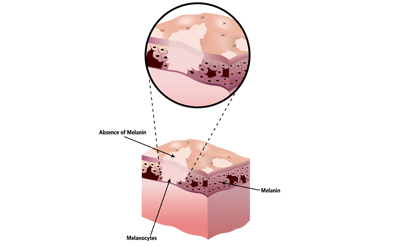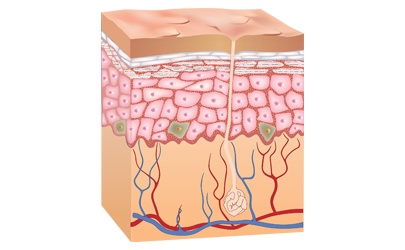
1. What is Melanin?
Melanin is a natural pigment found in most organisms, including humans, animals, and even some microorganisms. It is responsible for the color of skin, hair, and eyes. Melanin is produced by specialized cells called melanocytes, which are located in the basal layer of the epidermis (skin), the hair follicles, and the iris of the eyes.
There are three main types of melanin:
- Eumelanin (brown/black pigment) – Provides dark coloration.
- Pheomelanin (red/yellow pigment) – Responsible for lighter skin tones and red hair.
- Neuromelanin – Found in the brain and helps protect neurons.
2. Importance of Melanin
Melanin plays several crucial roles in the human body:
- UV Protection: Acts as a natural sunscreen by absorbing and dissipating harmful ultraviolet (UV) radiation.
- Antioxidant Properties: Helps neutralize free radicals generated by UV exposure.
- Skin & Hair Color: Determines pigmentation in skin, hair, and eyes.
- Visual & Neurological Function: Neuromelanin protects brain cells from oxidative stress.
- Thermoregulation: Darker skin may help regulate body temperature in hot climates.
3. Advantages of Melanin
- Protection Against Sun Damage: Reduces risk of sunburn and DNA damage.
- Lower Skin Cancer Risk: Higher melanin levels correlate with lower rates of melanoma.
- Anti-Aging Effects: Slows down skin aging caused by UV exposure.
- Enhanced Adaptation: Helps populations in high-UV regions (e.g., near the equator) survive better.
4. Disadvantages of Melanin
- Vitamin D Deficiency Risk: Darker skin requires more sun exposure to produce sufficient vitamin D in low-UV regions.
- Hyperpigmentation Issues: Overproduction can lead to dark spots, melasma, or uneven skin tone.
- Scarring Visibility: Darker skin is more prone to keloids and hyperpigmented scars.
- Cultural & Social Bias: Historically, melanin levels have been wrongly linked to racial stereotypes.
5. How Melanin Works in the Body
Production Process (Melanogenesis):
- Trigger: UV exposure, hormones (e.g., MSH – melanocyte-stimulating hormone), or inflammation.
- Enzymatic Reaction: Tyrosinase enzyme converts tyrosine into melanin.
- Distribution: Melanosomes (melanin packets) are transferred to keratinocytes (skin cells).
- Pigmentation Effect: Determines skin darkness based on melanin type and distribution.
Regulation Factors:
- Genetics (MC1R gene variants affect melanin type).
- Hormones (e.g., estrogen increases melanin in pregnancy).
- Environmental UV exposure.
- Inflammation or injury (post-inflammatory hyperpigmentation).
6. Connection Between Hyperpigmentation and Melanin
Hyperpigmentation occurs when melanin is overproduced in certain areas, leading to dark patches. Common causes include:
- Sun Exposure (Solar Lentigines) – "Age spots" or "sun spots."
- Hormonal Changes (Melasma) – Pregnancy or birth control-related darkening.
- Post-Inflammatory Hyperpigmentation (PIH) – Acne, burns, or skin trauma.
- Medical Conditions – Addison’s disease (adrenal disorder affecting melanin).
Treatment Options:
- Topical agents (hydroquinone, retinoids, vitamin C).
- Chemical peels & laser therapy.
- Sunscreen to prevent further darkening.
7. Melanin Production in Different Terrains (Geographical Adaptation)
- Darker skin (high eumelanin) for better UV protection.
- Example: Sub-Saharan Africa, South Asia.
Equatorial Regions (High UV):
- Medium skin tones (balanced melanin).
- Example: Mediterranean, Middle Eastern populations.
Temperate Zones (Moderate UV):
- Lighter skin (low melanin) to maximize vitamin D synthesis.
- Example: Northern Europe, Scandinavia.
Northern Latitudes (Low UV):
- Moderate-dark skin with high vitamin D intake from diet (fish, seals).
Indigenous Arctic Populations:
Evolutionary Trade-off:
- More melanin= Better sun protection but higher vitamin D deficiency risk in low-sun areas.
- Less melanin = Faster vitamin D synthesis but higher sunburn and skin cancer risk in high-sun areas.
Conclusion:
Melanin is a vital pigment that protects the skin, regulates biological functions, and adapts humans to different environments. While it offers significant advantages like UV defense, its overproduction can cause hyperpigmentation issues. Understanding melanin helps in skincare, medical treatments, and appreciating human diversity shaped by evolution.
Disclaimer:
The information provided in this article is for educational and informational purposes only and does not constitute medical, dermatological, or professional advice. Always consult a qualified healthcare provider or dermatologist for personalized guidance regarding skin conditions, hyperpigmentation, or health concerns.
Lactic Acid
HERE
LEAVE A REPLY
Your email address will not be published. Required fields are marked *
Fast Delivery
Across West & East India
safe payment
100% Secure Payment
Online Discount
Add Multi-buy Discount
Help Center
Dedicated 24/7 Support
Curated items
From Handpicked Sellers





LEAVE A COMMENTs
Ann Thomas
"As someone with melasma, I never fully understood why my skin reacts this way until now. The treatment tips gave me hope—time to schedule that dermatologist appointment!"
H Matthew
"Fascinating how melanin production adapts to geography! But how does modern migration (e.g., dark-skinned people in low-UV areas) affect vitamin D synthesis long-term?""
Pamela John
"This explains why my vitamin C serum works for dark spots! Would love a follow-up on natural ways to regulate melanin production. Great job!"